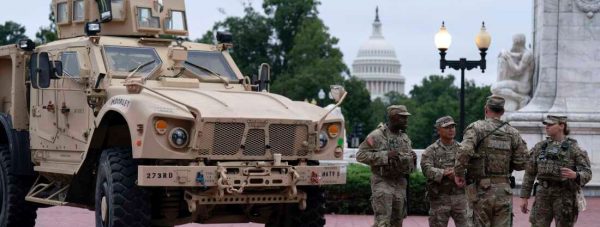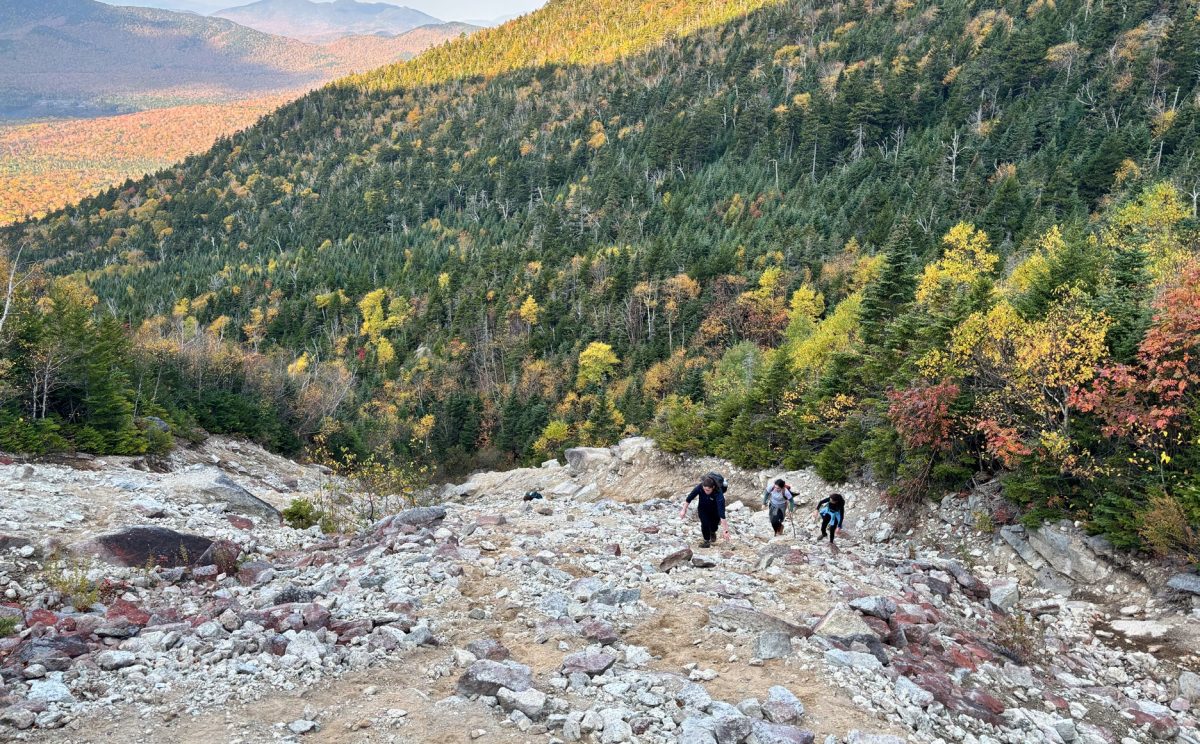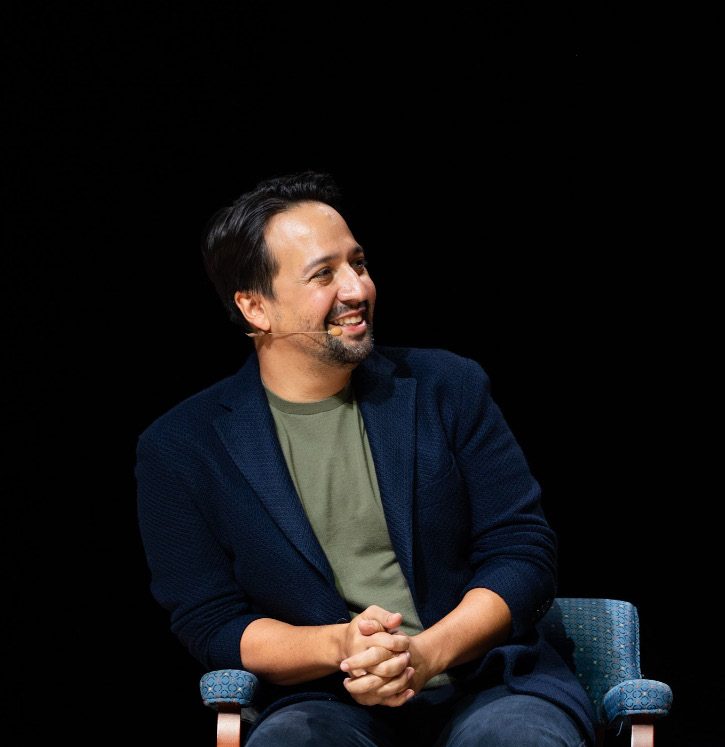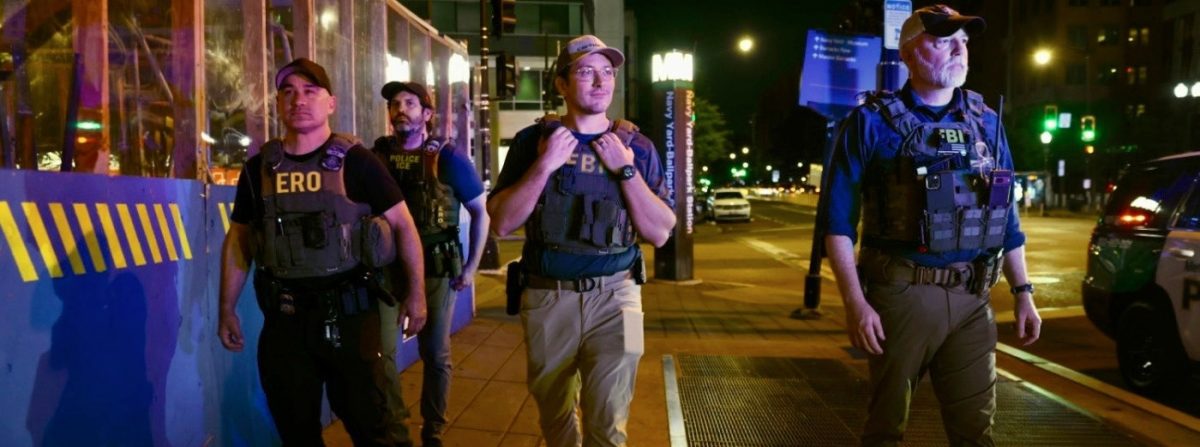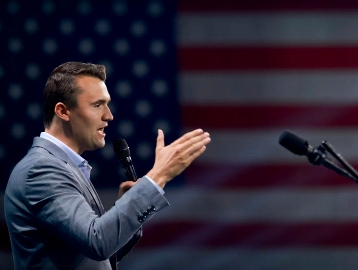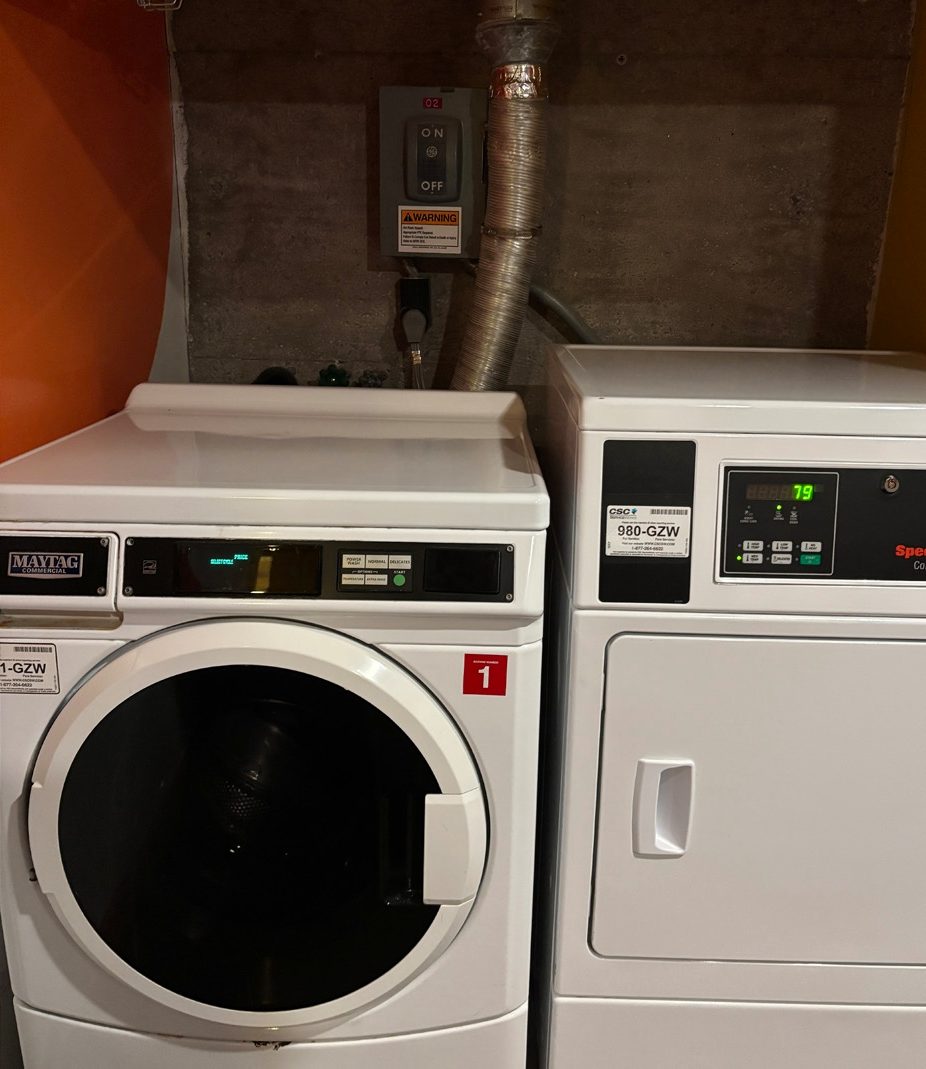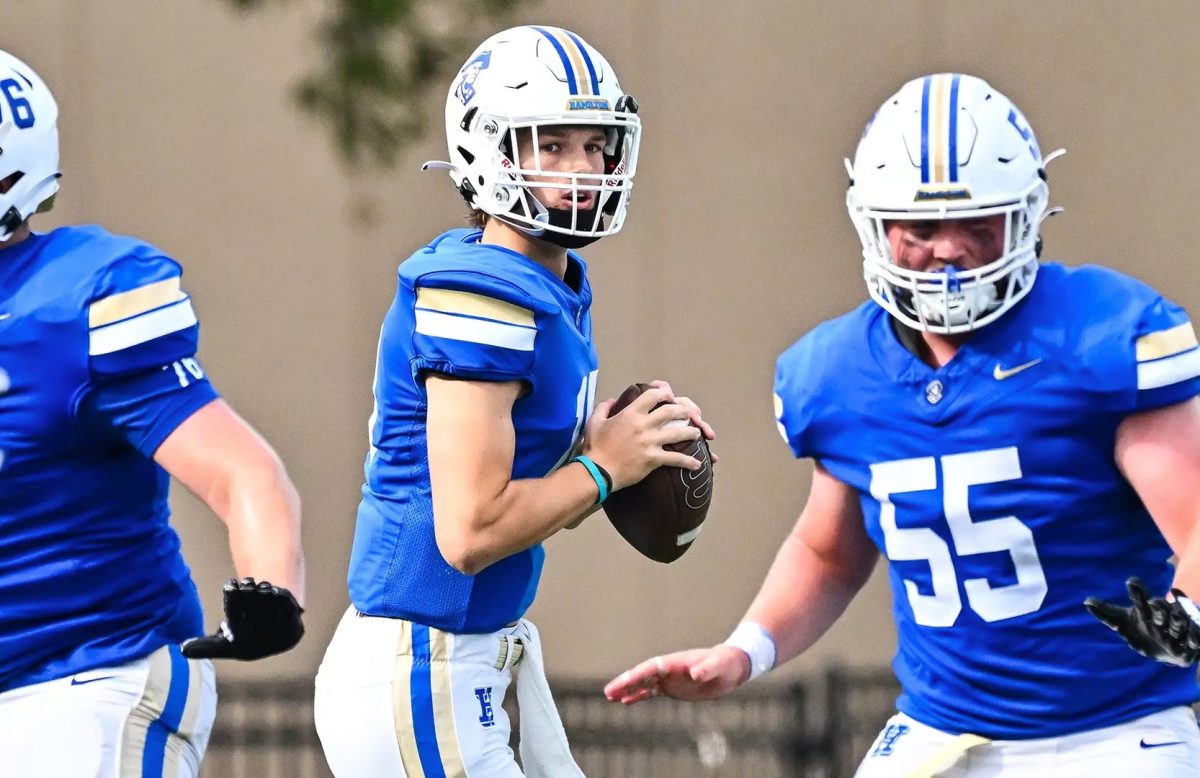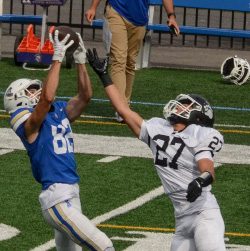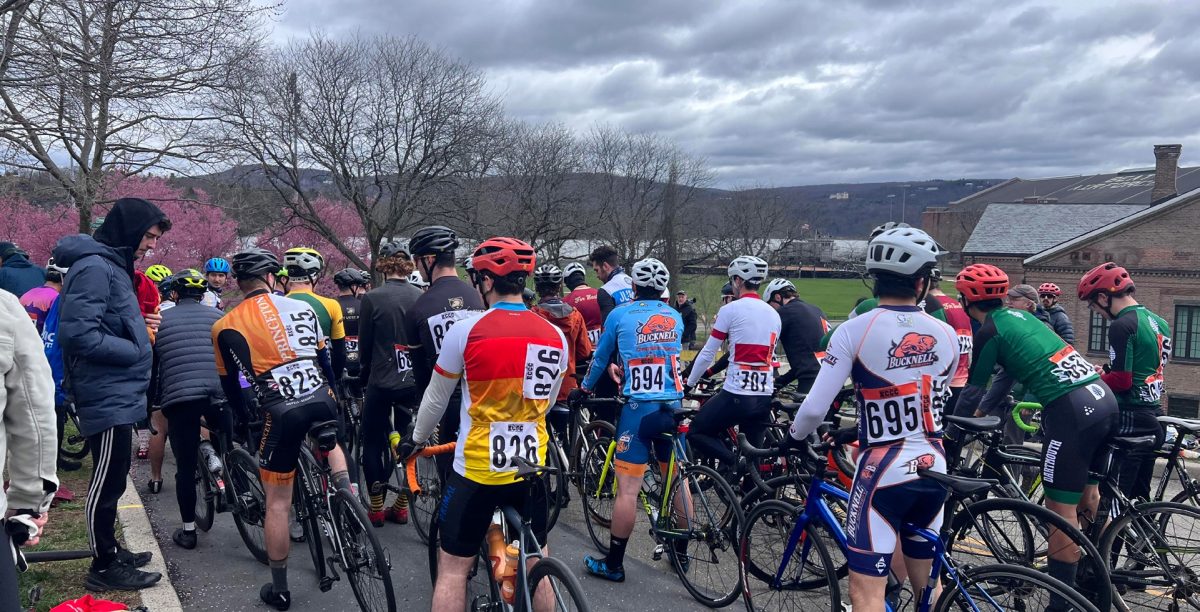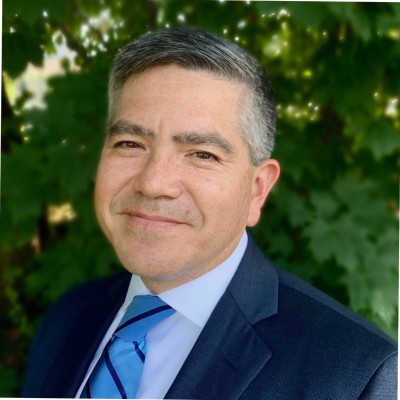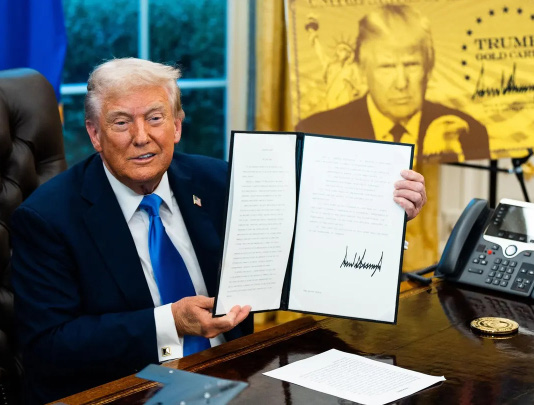The National Guard is a reserve group consisting of members from the U.S Air Force and the U.S. Army, whose members are part- time components generally holding civilian and military positions. Each state has a National Guard, and each adjacent governor has the authority to call upon the Guard in cases of emergencies– which have historically been limited to riots and natural disasters. However, the President has been taking advantage of his power to wield the Guard– deploying them in Aug. 2025 to Washington D.C., and more recently attempting to activate the group in Portland and Chicago. While Trump’s initial objective has been to curb the riots protesting ICE detention and immigration, his rhetoric has now shifted to claims of protecting cities from violence and “dangerous” individuals. Contrary to his claims, crime rates have been steadily falling in Washington D.C., with an over 26 percent decrease in violent crime in early August 2025 compared to the same period in 2024 (MPDC Crime Data). The National Guard’s (attempted) deployment in these cities is not conducive to a long-term solution curbing crime, but is rather an attempt to bypass the power of each state’s legislative assembly in an asserting dominance and instilling ear.
The disruptive nature of the National Guard and the implications of its deployment in cities suggests the possibility of an emergency that can’t be controlled by the local police force. Prior to Donald Trump, the last time they had been summoned was in 1992, with California Governor Pete Wilson citing large-scale violence, looting and arson as the country responded to an extraordinary case of police brutality against Rodney King, a black man. Preceding the 1970 Kent State Protests (responding to Nixon’s declaration of invasion of Cambodia), the Ohio National Guard occupied the campus and used tear gas, bayonets and fired 67 shots at a group of student protesters—killing four and injuring nine. The National Guard are untrained in handling civilian situations, and deploying them to handle such cases has been dangerous, and even lethal.
In Aug. 2025, Trump deployed the National Guard and took control of the local police force in Washington D.C. under the Home Rule Act, which gives the President the authority to control the domestic enforcement agency. This was Trump’s response to the “magnitude of violent crime” seen against Federal agency workers. However, crime has been trending down in D.C. since 2000, and many voiced concern over the Guard’s deployment in a state that has not seen a surge in violence or riots that would warrant such extreme measures. The occupation lasted a month, and in a statement made on Aug. 27, D.C Mayor Muriel Bowser expressed admiration for the deployed troops, but worried that the residents were “living in fear”. Other members of the City Council admonished this statement, and argued that the city’s autonomy was being eroded. More extreme opinions voiced that the President was testing the limits of his authority, and attempting to test the waters to invoke the Insurrection Act. The statistics show that carjackings decreased by 87 percent—a solution to a problem that had been plaguing the city for the past half decade. The question here is whether or not these numbers will remain low following the end of Home Rule, or if the lack of the proverbial “Big Brother” will cast the city back into its original “violent” state.
Now, the President has called on the Chicago and Detroit National Guard to protect the cities from “rampant” crime and violence. Governor J.B. Pritzker vehemently opposed this decision, and Illinois officials sued Trump on grounds that there was no emergency. They accused this act of being of this act is a scare tactic attempting to strong arm Democratic states into bending to Trump’s will. An October 6th statement by Pritzker stated that “Trump’s invasion forces have not been going after the ‘worst of the worst’… they’re harassing and detaining many people based on the color of their skin.” In Detroit, District Judge Karin Immergut halted the deployment of 200 Oregon Guard troops, who had been sent out for similar reasons as in Chicago. However, Trump attempted to work around this move by ordering 300 California troops to Portland– spurring Judge Immergut to block all attempted National Guard deployment to Oregon. The administration is currently appealing this decision.
The National Guard exists to protect the public in moments of extraordinary danger—when violence escalates, when riots threaten bystanders and when the rule of law teeters. As a reserve force, they are not an everyday policing tool, but a last- resort safeguard. Historically, deployments have been justified to halt arson, looting and imminent harm. Yet, if national crime trends are declining, the question becomes unavoidable: what policy goals or political calculations now warrant their presence in major Democratic cities? If extraordinary force is no longer tethered to extraordinary threat, we risk normalizing the militarized responses to civic unrest—eroding trust, chilling democratic expression and redefining public safety as a show of force rather than a public good.
